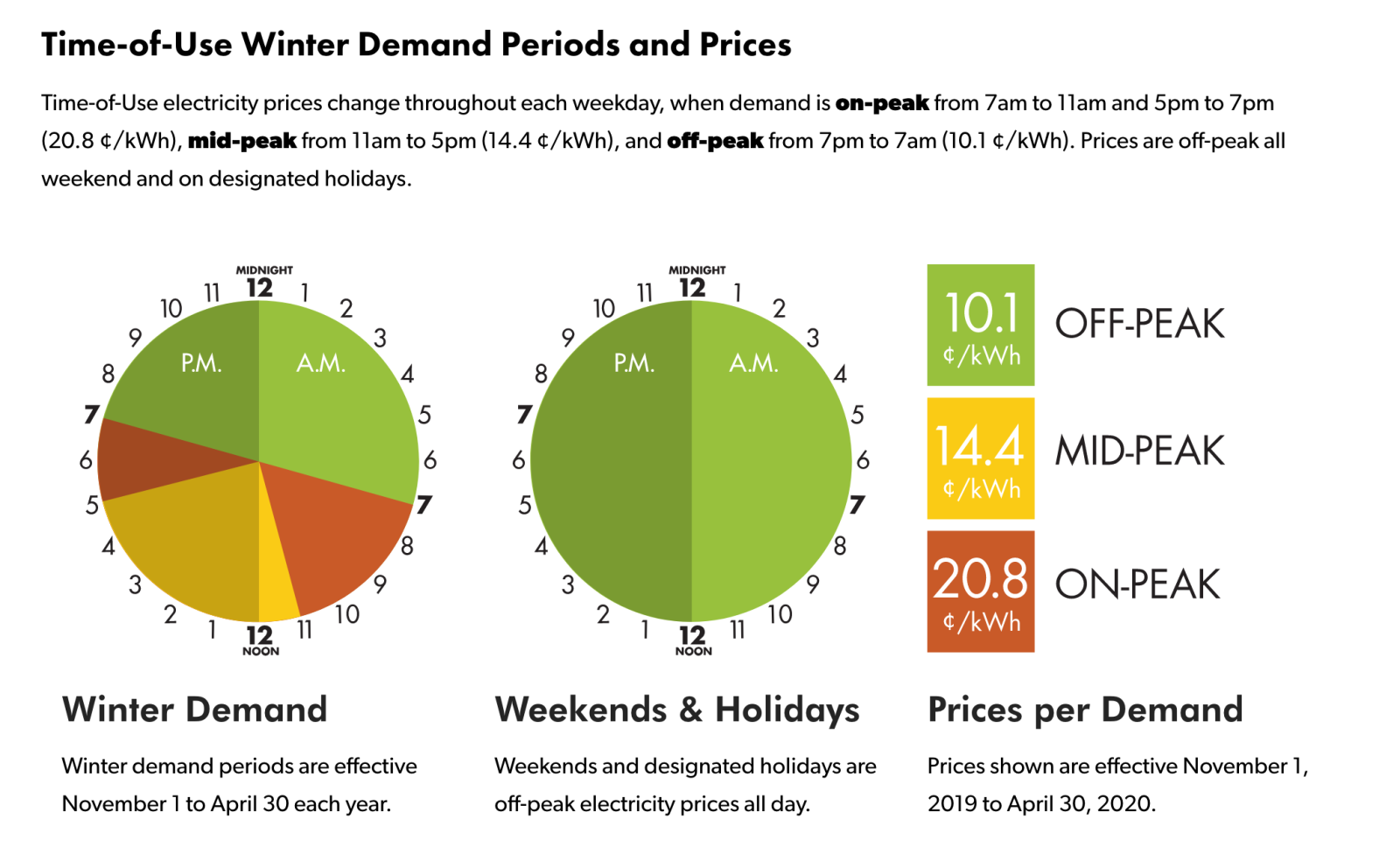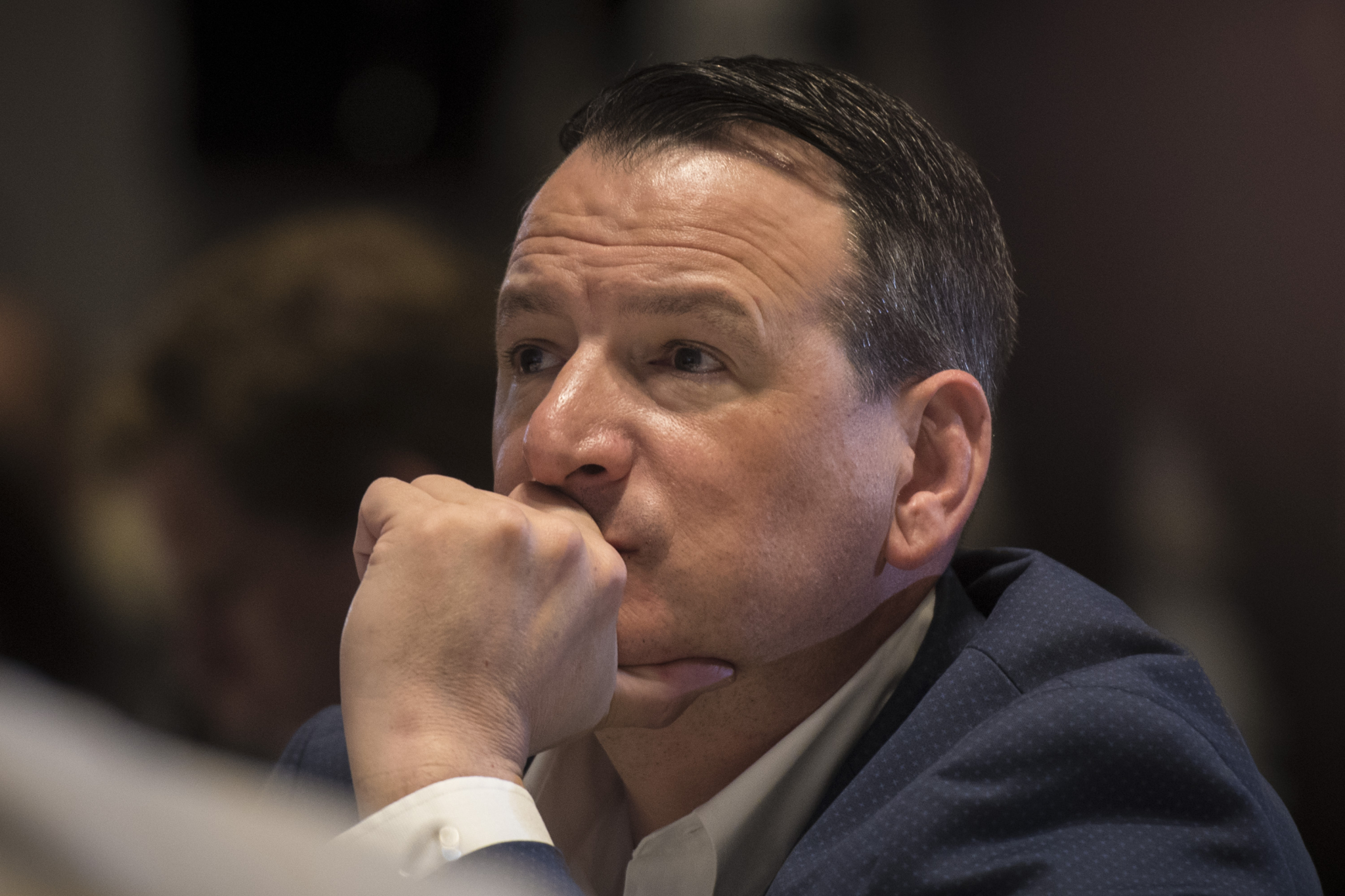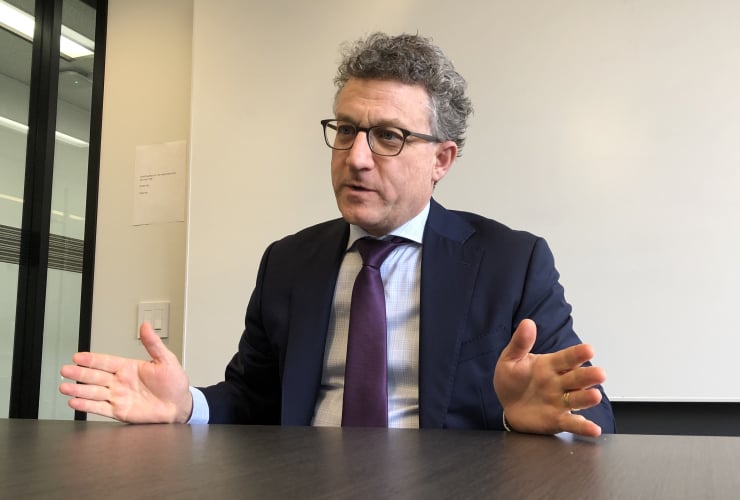Ontario’s energy ministry and the premier won’t say whether the government will push utilities to drop peak electricity rates for the next three weeks of extended school break, when daytime residential usage is expected to spike.
“I can confirm we are reviewing all options to support Ontarians during these uncertain times,” said Sydney Stonier, spokesperson for Energy Minister Greg Rickford, in response to a query from National Observer about using existing surplus funds in the ministry’s budget to cushion an expected jump in usage as schools are shuttered and people are encouraged to work from home.
“To date, we have focused on our most vulnerable by working with electricity providers and Enbridge to extend the winter disconnect period so no families are left without electricity or natural gas,” she added.
While the reduced level of economic activity caused by coronavirus is expected to lead to a longer-term dip in demand, the short-term spike is likely to hit residential customers particuarly hard since they are being encouraged to be at home at the time that prices are highest.
The province’s fiscal watchdog said earlier this month that most of the extra $1.45 billion it had set aside for its Ontario Electricity Rebate had gone unspent as of Dec. 31, the end of the province’s fiscal third quarter.
Stonier noted those funds were part of the $5.6 billion it allocated to keep electricity bills from rising above the rate of inflation.
Premier Doug Ford had promised on the campaign trail to lower electricity rates by 12 per cent.
When asked whether the government would suspend time-of-use pricing or otherwise lower rates during a news conference about his government’s COVID-19 response, Ford said he had been working with Rickford on the subject since last week.
“I’ve never been a fan of these off-peak hours, back and forth, people working all day and having to do their cleaning and everything at 8 o’clock, 9 o’clock at night. We’re going to adjust that,” he said.
Asked for a timeline, he said “you’ll probably see it over the next little while.”
Tiered pricing helps smooth out electricity demand by discouraging non-essential consumption during periods of highest overall demand.
Off-peak times run from 7 p.m. until 7 a.m. weekdays and all weekends and public holidays. At 10.1 cents per kilowatt-hour it is less than half the peak rate of 20.8¢ per kWh that applies on weekdays from 7 a.m. to 11 a.m. and 5 p.m. to 7 p.m.
A mid-peak price of 14.4c/kWh applies weekdays from 11 a.m. to 5 p.m. The rates are approved by the Ontario Energy Board and updated twice a year, in May and November.






Comments